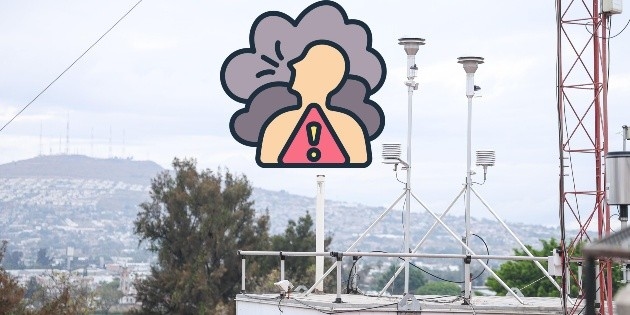Chronic low-grade inflammation, the “silent pathology” that threatens the immune system

Chronic low-grade inflammation has become one of the greatest challenges of modern medicine. It is an invisible process, difficult to detect, but with significant consequences for medium- and long-term health. Today on Corpore Sano, we will discuss, along with Dr. Jorge Planas, what chronic low-grade inflammation is, its consequences for health, and how to treat it.
Unlike acute inflammation—which occurs after a blow or injury and, although painful, serves a restorative function—chronic low-grade inflammation keeps the body in a constant state of alert. This phenomenon can affect vital organs such as the heart, liver, kidneys, or intestines, progressively deteriorating tissue.
Over time, this inflammatory state causes a phenomenon known as immunosenescence: certain cells of the immune system cease to function and become "zombie cells," which also release substances that exacerbate inflammation. The consequences can range from hypertension and tissue deterioration to the development of conditions such as osteoarthritis.
Faced with this situation, regenerative medicine is emerging as one of the key allies. Among its tools is the hyperbaric chamber, capable of transmitting oxygen to tissues and helping to prevent or combat inflammation.
Dr. Planas emphasizes, however, that the key lies in a comprehensive evaluation of each patient, in order to accurately diagnose their health status and design a personalized treatment that enhances the body's own regenerative capacity.
lavanguardia





